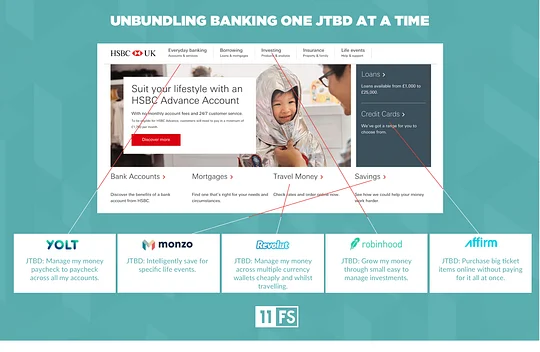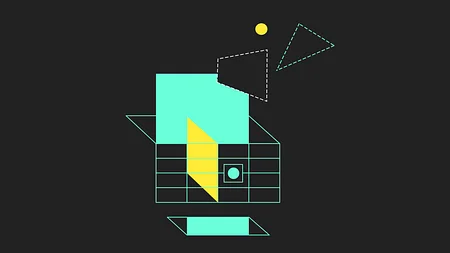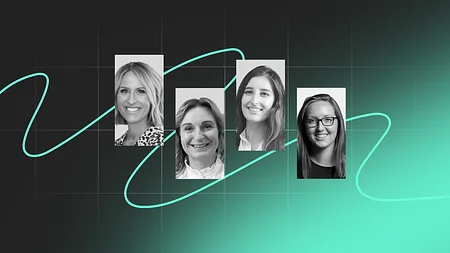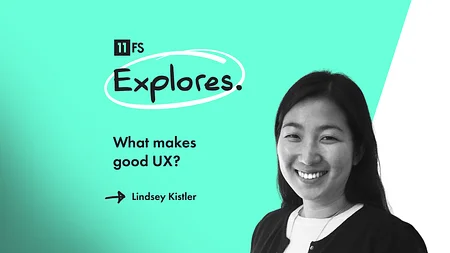Jobs to be done: Design, Test, oh shit...
I speak to a lot of banks and I get asked the same question: “How do I test my product ideas?” The secret is understanding how your customers measure value and align your proposition to their definition of success. However, the temptation for a lot of corporate innovation teams is to jump straight into product design which ultimately slows you down and sends you in the wrong direction.
To set off in the right direction and accelerate to market you need to return the customer Job. Jobs To Be Done is a technique being used by some of the most innovative digital brands in the world.
The Critical Discovery Phase
When designing new products the most common process to follow is the Double Diamond. It’s great, it covers all the bases at a high level. It includes divergent (tips of the diamond) and convergent thinking. This is important as it promotes the exploration of a variety of different inputs and ideas before deciding on a path forward.

The Double Diamond is widely used so it’s perplexing to see many businesses take a ‘light touch’ or skip over the discovery phase completely. I would argue that the discovery phase is the most important phase. If you get this wrong the final proposition will struggle to deliver any meaningful value to customers.
There are two well-intentioned but common mistakes in this early discovery and definition phase of the innovation process.
Cutting Corners
A key factor in the success of any new business venture or product team is speed. The only way you’ll truly validate the product market fit of your new product is to get a live version into your customers’ hands. This is critical, but cutting corners in the discovery phase is not the way to move quickly. Whilst you might save 3-4 weeks at the start you’ll slow down dramatically in the define and develop phases.
Diving straight into product design with little or no discovery means that within weeks you’ll have a long list of product ideas. You’ll have sketched out some storyboards, critiqued, dropped and merged many of your ideas and you’ll be ready to test. This is the first time you’ll have got customers into the room to help you evaluate your early prototypes. This is where you’ll slow down. At this point in the process you should be optimising but what happens is you end up in a vicious cycle of re-evaluation.
Whilst it’s very common to hear the phrase ‘fail fast’, constantly going back to the drawing board can radically slow you down. At this point not only are you not in tune with what what your customers want, but you’re burning time and money you thought you were saving earlier on. To get back on track you need to avoid the vicious cycle of re-evaluation and start a virtuous cycle of optimisation by returning to the customer Job To Be Done.
Using the wrong inputs
Another common approach is to go big on the discovery phase and spend a lot of time looking at the wrong inputs. When designing new digital propositions for banks and insurance companies I often hear: “We don’t need to do the discovery phase, we have lots of research and we’ve mapped out all our customers’ pain points.”
Scratch a little deeper and all that research is coming from existing product lines. Recorded customer insights are squarely focused on the existing products they are looking to move away from. If your customers are annoyed that your mobile app is slow or that it’s difficult to move money, this tells you nothing about why people are hiring your products (and other businesses products) to get important everyday jobs done.
Whilst this is well-intentioned, it’s a classic case of focusing on what’s gone before, not what’s coming next. This research is great to help you optimise those commodity products, but if you’re looking to design new disruptive, intelligent, and contextual digital services then you need to leave this research behind and start afresh.
Laying the right foundations with Jobs To Be Done
Digital has fundamentally changed what success looks like for customers. Digitising analogue products is not innovation; it’s a process of treading water and reducing the cost to serve your customers. The most successful companies that have emerged from the digital world have fundamentally re-thought how analogue products work. That’s why we’re seeing creative disruption across all industry sectors.
The same is happening in financial services right now. Customers don’t want banks or banking products, they want digital services that help them progress their life goals.
This requires product designers to take a fundamentally different approach to understanding the customer and measuring what customer success looks like. Using Jobs To Be Done helps product teams understand how customers define what value looks like. A lot of new fintech is tuning into customers in this way. Over the past few years fintech propositions have unbundled the products from vertically integrated banks and created a new service layer designed to fit financial products around customers’ lives.

These intelligent digital services help customers make that progress towards an important job in their life. Examples of these important jobs are:

To create truly digital services like these requires focused time in the discovery phase of any proposition design process. Jobs To Be Done has become the de facto process for unearthing this customer insight and immersing the team in the lives of real customers. Skipping this phase will get you nowhere fast and just lead to continuous cycles of design, test... oh shit!
Watch out for more blog posts on Jobs to be Done written by our in-house expert, Ryan Garner.
Ryan organises a Meetup where you can talk to him and others all about jobs to be done in practice or you can email him at ryan@11fs.com or find him on Twitter @ryangarner



